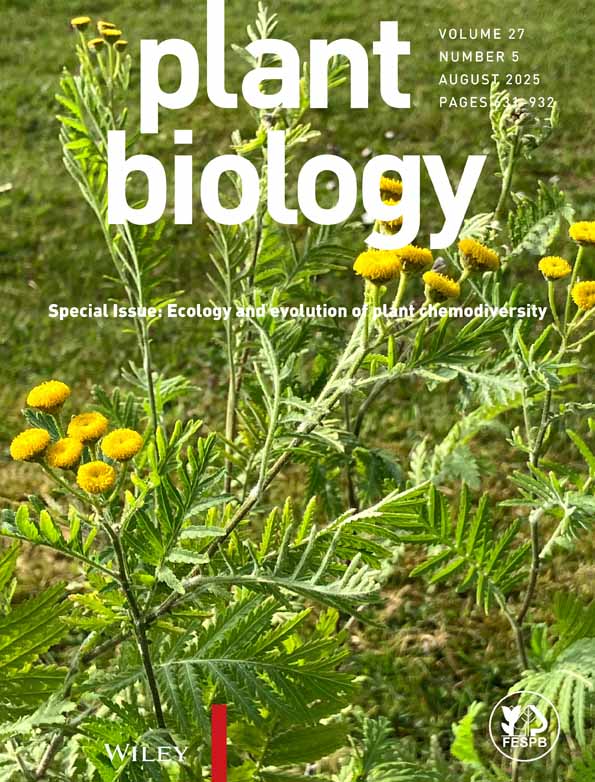Thermoluminescence and Delayed Luminescence Investigation of the Green Alga, Chlamydobotrys stellata
Abstract
Thermoluminescence and delayed luminescence investigations of the autotrophically and photoheterotrophically cultivated green alga, Chlamydobotrys stellata, demonstrated that both the thermoluminescence and delayed luminescence yields are much lower in the photoheterotophic algae than in the autotrophic ones due to an efficient luminescence quenching of unknown mechanism. The relative contributions of the so called Q (S2Q−A charge recombination) and B (S2Q−B and S3Q−B charge recombinations) thermoluminescence bands to the glow curve as well as the QA(S2Q−B charge recombination) and QB (S2Q−B and S3Q−B charge recombinations) delayed luminescence components to the delayed luminescence decay of autotrophically and photoheterotrophically cultivated Chl. stellata were compared using a computer assisted curve resolution method.
It was found that, while in the autotrophic cells the area of the B band was considerably larger than of the Q band, in photoheterotrophic cells the Q band was more effectively charged than the B band.
In the delayed luminescence decay curves measured in the seconds to minutes time region the amplitude of the QA component relative to that of the QB component was larger in the photoheterotrophic cells than in the autotrophic ones.
These observations demonstrate that, after light-induced charge separation in the photosystem II reaction centers of autotrophic cells, electrons are “quasipermanently” stored mainly in the secondary quinone acceptor pool, QB but in the nonquenched photosystem II reaction centers of photoheterotrophic cells the main reservoir of electrons is the primary quinone acceptor, QA. This behaviour indicates an inhibition of electron transport in the photoheterotrophic alga at the level of the secondary quinone acceptor, QB.




